Travel to Moscow in late April/early May or in early September for the best balance of weather and crowds. This window offers comfortable daytime temperatures, reliable outdoor time, and easier hotel booking than the same period elsewhere. Prices align with the same spring window travelers expect.
In spring, average daytime temperatures rise from about 8–12°C in early April to 15–20°C by late May; early fall follows a similar pattern with September days around 15–20°C and nights dipping toward 8–12°C. Bring a raincoat and layered clothing to switch between sun and breeze; showers can appear with little warning in April, May, and September. Keep insect repellent handy in parks and near water bodies in late spring.
Spring offers fragrant parks and cultural venues with crowds lighter than summer. Early May brings national holidays and performances; heavy traffic around central sights can occur on public holidays, so plan museum visits for other days. If you’re travelling from magadan, plan a longer layover for transit, as domestic connections flow well into Moscow’s main airports. A highlight of the season is the Victory Day parade events on May 9, which can be a memorable backdrop for photos if you time it right.
Transit covers the city well: the Metro network is efficient, and walking routes connect most major sights. A typical four to five day plan covers the Kremlin grounds, Red Square, the Bolshoi Theatre, the Tretyakov Gallery, and several parks. For a deeper dive, add day trips to Sergiev Posad or Kolomna; these types of excursions enrich your Moscow program. If you need a compact plan, further, book ahead and you’ll find hotel rates reasonable; you’ll see higher prices near long holiday weekends.
A mindful packing list includes a raincoat, comfortable shoes, a compact umbrella, and a light scarf for chilly mornings. For insect avoidance, apply repellent in parks and near water bodies in late spring; that small addition makes days filled with outdoor time easier. The total cost of meals and activities remains affordable if you plan in advance and take advantage of midweek offers.
These points cover a clear approach to the season: visual contrasts between blooming gardens in May and amber canopies in September, a thoughtful mix of indoor and outdoor activities, and a focus on practicalities for travelling with comfort. The experience remains unique to Moscow in spring and early fall, with opportunities to sample seasonal blooms, riverside walks, and iconic venues.
Step 2: Review Your Moscow Travel Plan and Submit Application
Finalize your travel plan today, gather documents, and submit your application to the visa center or embassy portal.
- Timing and days: Lock a window for spring (April–May) or early fall (September–October). In moscow, these periods offer milder temperatures, blue skies, and energy that makes touring comfortable. Plan 7–12 days to cover the Kremlin, Red Square, museums, and neighborhoods. December presents a different pace with colder days and shorter daylight, which may suit indoor activities.
- Documentation and format: Have your passport valid for at least six months beyond travel, a visa if required, an invitation, travel insurance, and recent photos. For foreign travelers, check embassy requirements; upload documents in the exact format the portal expects. The timing of submission depends on your nationality and the processing center.
- Day-by-day setting: Build a simple table mapping days to areas like red square, kremlin, arbat street, and a couple of local bars or concert venues with live bands. Include a morning orthodox church visit to hear the ring of bells, then an afternoon museum or park stroll. Unlike rushed itineraries, this setup leaves room for spontaneous discoveries.
- Local readiness and packing: Moscow weather can be windy with occasional showers; pack layers, a waterproof jacket, and comfortable walking shoes. In milder days you’ll prefer lighter outfits, but be prepared for cool evenings.
- Submission follow-up: After you submit, monitor the portal for status updates; if the result takes longer, plan contingencies for days around your intended departure. If everything is in order, you’ll receive a clear decision without delay.
Confirm Travel Dates for Moscow Spring (Mar–May) and Early Fall (Sept–Oct) 2025
Best plan: target two windows–late March through May and September through October 2025–with Apr 10–May 5 and Sept 15–Oct 6 as the sweet spots for comfortable weather and cultural activity. This choice keeps the city mostly readable by foot, with long daylight hours lasting into the evening and fewer weekend crowds than peak summer.
- Spring window: Mar 25–May 4 – why it works: mild temperatures, blossoming parks, and the city transforms from gray to green as days lengthen; you gain fully daylight for outdoor routes around gorky Park and the colorful squares near Red Square.
- Early Fall window: Sept 1–Oct 15 – why it works: pleasant weather, stable museum schedules, and shaded avenues along the Moskva river; the city feels calm after summer crowds, with long daylight that still lasts into the early evening.
Tips to plan precisely and avoid gaps:
- Tickets: buy online in advance for museums, galleries, and popular sites like the Tretyakov Gallery (home to Black Square). This saves time and avoids long lines during peak hours.
- Weather and packing: layer-based outfits work best; late March can be chilly, while late April and May bring milder days, and early fall can be cool in the evenings. Always check the forecast a few days ahead and bring a light rain jacket.
- Daily rhythm: most cultural venues open around 10:00 and close by 18:00–19:00; hourly variations happen on weekends or holiday periods, so verify the schedule in advance for the exact day.
- Transit: the dotted network of metro lines provides fast access to city highlights; travel between Gorky Park, the square around Red Square, and key buildings is efficient, but avoid peak hours if you want a calmer experience.
- Which days to target: weekdays are generally quieter than weekends; example, plan museum visits on Tuesday or Wednesday to avoid crowds and enjoy better service at entrances and cafes nearby.
- Outdoor time: seek shaded paths along the Moskva embankment and in parks; late afternoon light can create dramatic photos of city buildings and open squares.
- Planning form: keep a short form of your itinerary for quick updates; use a digital version to adjust plans if the weather shifts. This keeps your home base flexible and your days fully utilized.
- Insect and comfort: spring can bring more insects near water features; bring repellent and choose sheltered, well-maintained routes in parks to stay comfortable.
- Reminders from other regions: travelers from Irkutsk and other cities often agree that these windows balance weather, tickets, and daylight; use that example to shape your own plan.
- Final check: set a conservative plan for late March or early September to ensure you can catch seasonal events, special exhibitions, and city-wide cultural activities that mature through the season.
Check Visa, Passport Validity, and Entry Rules for Your Nationality
Check visa requirements for your nationality now and gather the needed documents before you travel.
If a visa is required, apply through the official consulate or visa center and allow at least 2–3 weeks for standard processing; expedited options exist in some cases for an extra fee, but confirm timelines with the local embassy.
Your passport should be valid for at least 6 months beyond your planned departure from Russia, and you should have at least two blank pages for visas and stamps. If your passport will expire within that window, renew it before booking or submitting your visa application.
Entry rules vary by nationality. Some travelers enjoy visa-free entry for short stays, while others must obtain a visa or use an online e-visa option for a specific window; check the official site to see if you qualify for visa-free access or an e-visa–the variations can be regional and policy can change. For Moscow-based trips, bring any invitation or hotel reservation and the printout of your e-visa approval if applicable. Always carry both digital and printed copies when you travel.
Prepare documents: a valid passport, a completed visa application form, a recent color photo, travel insurance, and proof of funds or itinerary; an invitation letter or hotel confirmation may be required; for multi-city trips along the axis that links Moscow with Sochi and Irkutsk, ensure the documents cover your entire route and dates. If you plan to enter by bus, train, or plane, verify whether you need separate visas or e-visas for other regions; there are sorts of visa issuances by nationality, so follow the instructions on the official site. Also keep a horizontal copy of the main documents and store digital backups.
On arrival, you must complete a migration card and present your passport and visa; in most cases your hotel will handle registration, but private stays may require you to register with local authorities within seven days. If you travel to multiple areas, keep copies of your documents and be prepared for checks by local officers; unlike some countries, Russia requires formal registration for longer stays. When winter travel is on the schedule, plan accompanying layers and a fallback in case of weather-related delays.
For spring and early fall 2025, plan ahead to fit Moscow with side trips to places like Sochi or Irkutsk; muggy days can appear in transitional seasons, so pack layers and, if you book a resort with a beachpool, bring a light cover. The main rule is to align your entry date with your confirmed visa and hotel bookings to avoid delays; late arrangements can complicate scores at the border, so book early and confirm all forms. Buses and trains connect Moscow with other tourist areas, but verify visa validity for the whole route and the latest entry requirements before you depart.
If you travel with others, agree on a shared checklist and store copies securely; the following steps help tourists stay compliant: confirm requirements for your nationality, verify passport validity, secure hotel or invitation documentation, obtain the visa or e-visa confirmation, and carry a printed copy on arrival. For women travelers, use local resources and official channels offering up-to-date guidance; please пожалуйста refer to the local embassy page for precise rules in your case and the variations across areas.
Lock Flights or Rail Tickets: Price Windows and Seat Options
Lock flights or rail tickets now to secure the best price windows for spring and early fall 2025. For international trips to Moscow, book 6–12 weeks ahead and pick a seat with extra legroom if you can. For rail, reserve well in advance on long-distance routes to guarantee a berth or a guaranteed seat on popular trains.
Price windows differ by route. International fares probably hold in the shoulder months, then rise dramatically as spring holidays and Orthodox celebrations approach. Expect price rises around long weekends, and midweek departures offer the best value. For polar destinations like Murmansk, demand tightens the window, so lock earlier if your going itinerary centers on polar atmosphere or northern moons.
Seat options matter. On flights, pre-booking a seat adds certainty and avoids the scramble at check-in. In economy, choose seats with extra legroom when available; on trains you have reserved seats (kupe) or compartments (platzkart) and first-class SV. Reserved seats favor comfort, while platzkart offers a lower fare with a flexible journey. Schedules can change, so choose tickets with flexible terms where possible. Once you lock the plan, your mind will feel at ease, and terms of purchase will be clear.
Smart tips: set price alerts and compare direct vs multi-leg routes. If you go to both Moscow and Murmansk, split the trip to lock the best fares on each leg. Travel during times with lighter demand–just after weekends or away from Orthodox holiday peaks–to reduce surcharges. Every saved ruble helps when planning a whole itinerary that includes city sights, celebrations, and a beautifully lit atmosphere in each place, from polar nights in Murmansk to vibrant streets of Moscow.
Plan Seasonal Itineraries: Top Museums, Parks, and City Walks by Season
Begin your spring plan with a four-day loop: Tretyakov Gallery (Lavrushinsky Lane) in the morning, Pushkin State Museum of Fine Arts for midday, Zaryadye Park for a riverside stroll, and a final evening along Arbat Street to admire historic buildings.
Spring window (March–May) brings longer daylight, easier pacing, and likely lighter crowds on weekdays. The earliest visits help you beat queues at the Tretyakov and Pushkin museums, and temperatures range from around 8–15°C in April to 15–20°C in May. Target museum slots from 10:00 to 18:00 and reserve late-afternoon time in Gorky Park or Sokolniki to enjoy the radiation of spring sun. If December travel is possible, indoor exhibits provide comfortable planning with a similar rhythm.
Early Fall (September–October) offers cooler air and vibrant city color, with the largest crowds easing after midweek. Use a two-part approach: morning museum time (Pushkin or Tretyakov) followed by outdoor walks in Kolomenskoye Estate and Izmaylovsky Park. Museum hours commonly run 11:00–19:00 or 10:00–18:00, and walks along the Moscow River embankments reveal architecture sets and hidden courtyards throughout the center. You probably notice the difference in daylight, so book outdoor segments for late morning to early afternoon.
December options focus on indoor galleries and covered passages. This provides a steady accumulation of museum visits and architecture exploration, keeping your schedule comfortable during colder days. Processing your itinerary helps you submit a draft to a travel partner for feedback, and the provided hours on each site will guide a compact route that minimizes backtracking.
Below is a quick plan breakdown by season to keep your route tight and easier to navigate, with concrete hours and locations you can rely on during your spring and early fall trips.
| Season | Museums to visit | Parks to enjoy | City walks | Practical tips |
|---|---|---|---|---|
| Spring (March–May) | Tretyakov Gallery (10:00–18:00; closed Mondays); Pushkin State Museum of Fine Arts (11:00–19:00; closed Mondays); Moscow Museum of Modern Art (hours vary–check official site) | Gorky Park (largest urban park); Zaryadye Park; Sokolniki Park | Arbat Street; Boulevard Ring; walk from Tverskaya to Bolshaya Dmitrovka | Plan morning museum blocks; afternoons in parks; expect crowd accumulation on weekends; flooding risk near some embankments during thaw |
| Early Fall (September–October) | Pushkin Museum; Tretyakov Gallery; MMOMA or Moscow Museum of History (hours vary) | Kolomenskoye Estate; Izmaylovsky Park; Sokolniki Park | Embankments along the Moskva River; Zamoskvorechye lanes; Red Square to Kitay-Gorod route | Less crowded midweek; start outdoor segments late morning; check weather forecast; hidden spots and architectural courtyards add depth |
Arrange Accommodation in Safe Districts with Seasonal Rates
Book a comfortable apartment in a safe central district like Arbat or Presnensky to lock in seasonal rates that are typically 15–25% lower than peak months. Look for areas containing green spaces; trees line many streets, offering shade and a calmer base after long days of sightseeing. Choose listings with professional cleaners and clear safety details, and prefer places with 24/7 reception or secure entry. White facades and blue signage in these areas often reflect well-kept buildings.
Prioritize proximity to a metro station to cut travel time and miles, and keep tickets simple. From central hubs you can reach major sights in minutes by metro, which makes spring and early fall visits comfortable.
Popular districts for travelers include Arbat, Presnensky, Tagansky, and Basmanny; these areas are known for safety, good transport, and a mix of cafes and shops.
Seasonal rates: book 4–6 weeks ahead; midweek stays can be cheaper, and shorter stays sometimes cost more per night, so aim for blocks of 5–7 nights when possible.
Choose accommodations near orthodox churches or close to a museum; listings containing such landmarks give you easy evening options. Look for neighborhoods with quiet streets, and balconies or windows that overlook green areas.
To map your route, use a simple plan that represent distances in miles; pick a base within a short commute to your must-see sites. A radius of 1–3 miles from the Kremlin area covers most central Moscow.
Going from the apartment into moscows center can feel like stepping into a wonderland, especially when the moon lights up white facades and blue signage.
Decide your budget and preferred districts, compare 2–3 listings that meet safety and cleanliness criteria, and confirm details about cleaners, security, and check-in times.

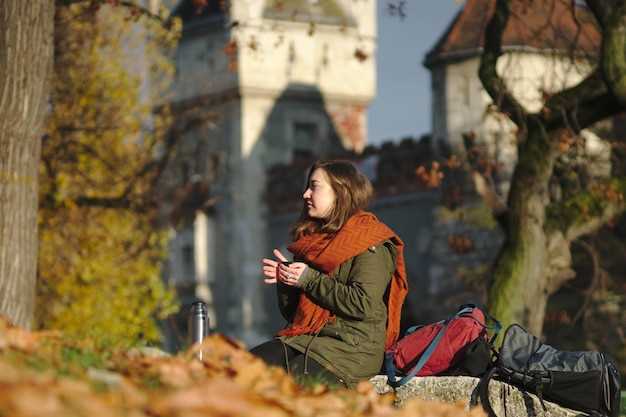 Best Time to Travel to Moscow – Spring and Early Fall 2025 Guide">
Best Time to Travel to Moscow – Spring and Early Fall 2025 Guide">
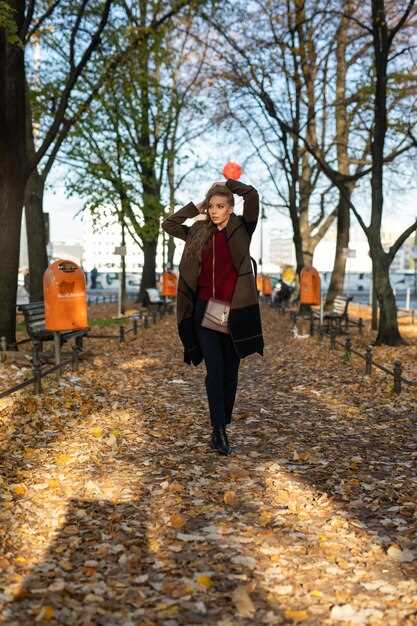
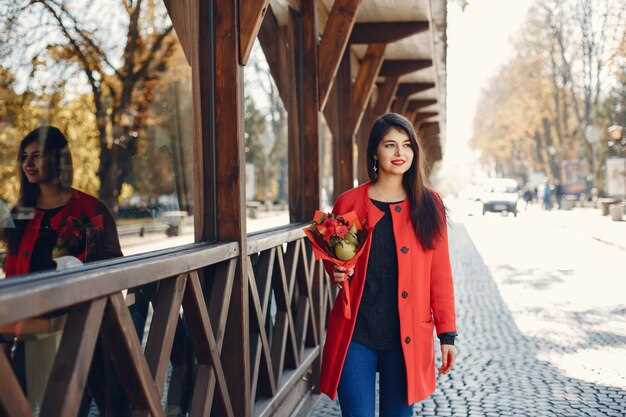
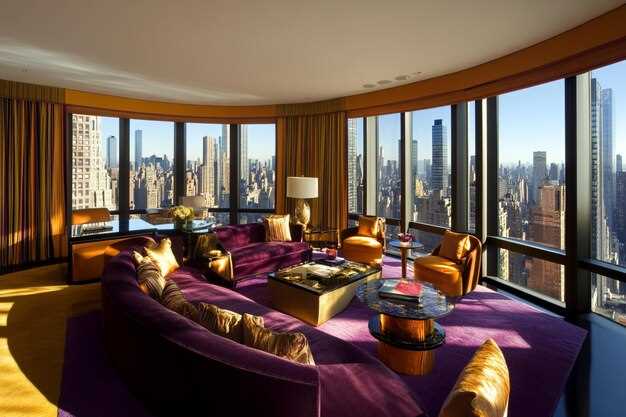 Metro Apartments – Modern City Living with Premium Amenities">
Metro Apartments – Modern City Living with Premium Amenities">
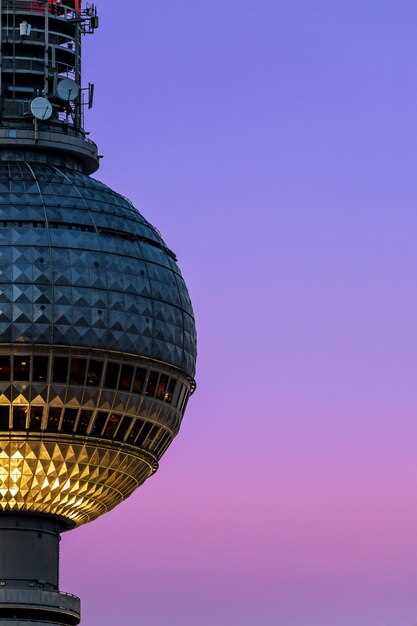 The Ostankino File – Secrets of Moscow’s TV Tower">
The Ostankino File – Secrets of Moscow’s TV Tower">
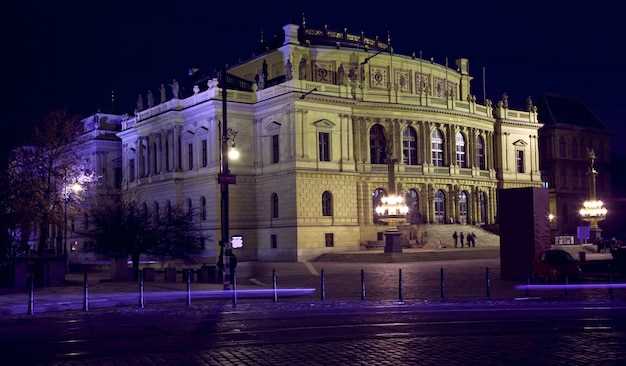 The Bolshoi Theater Moscow – History, Architecture, and Top Shows">
The Bolshoi Theater Moscow – History, Architecture, and Top Shows">
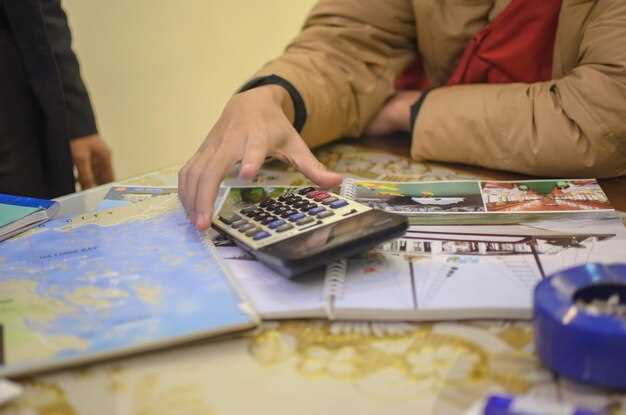 How Much Does a Week in Moscow Vacation Cost? A 7-Day Travel Budget Guide">
How Much Does a Week in Moscow Vacation Cost? A 7-Day Travel Budget Guide">
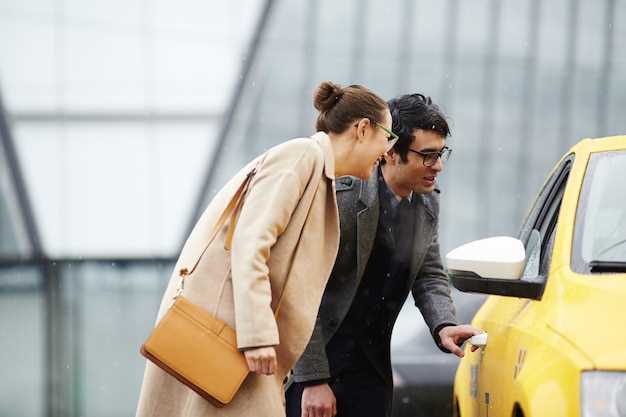 Taxis in Russia – How Not to Get Ripped Off – Essential Tips for Travelers">
Taxis in Russia – How Not to Get Ripped Off – Essential Tips for Travelers">
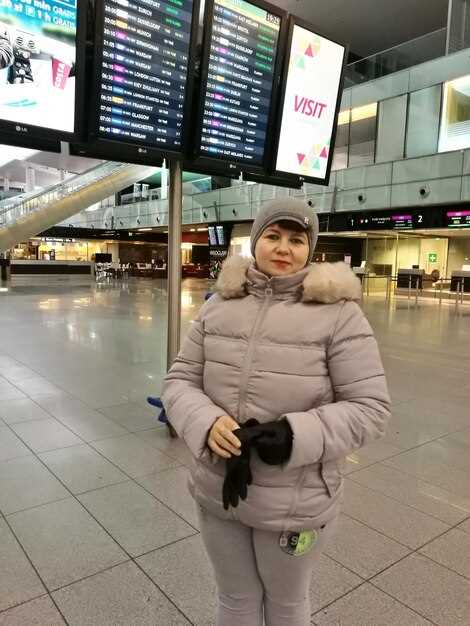 Domodedovo Airport Guide – Flights, Terminals, and Transport in Moscow">
Domodedovo Airport Guide – Flights, Terminals, and Transport in Moscow">
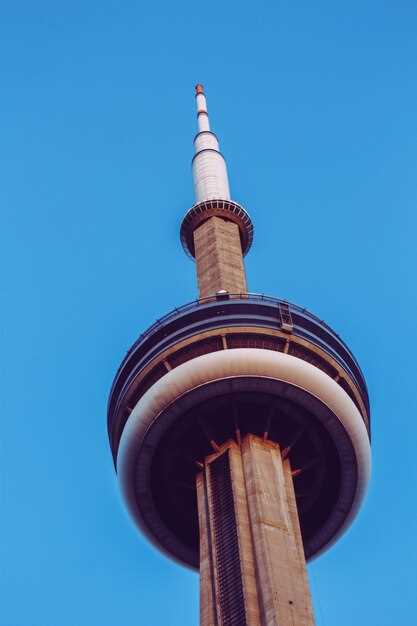 Ostankino Tower Moscow – Ultimate Guide to Russia’s Tallest TV Tower">
Ostankino Tower Moscow – Ultimate Guide to Russia’s Tallest TV Tower">
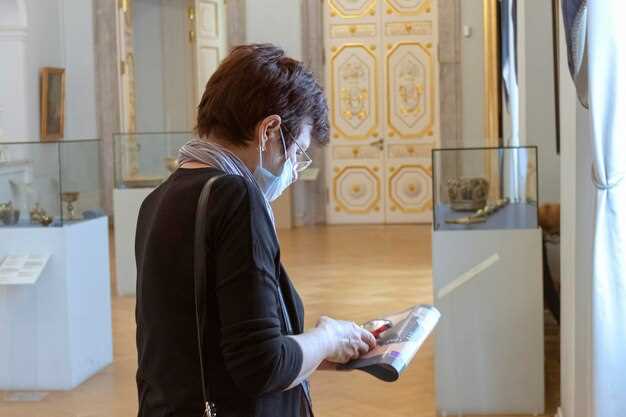 Pushkin Museum – A Comprehensive Guide to Moscow’s Fine Arts">
Pushkin Museum – A Comprehensive Guide to Moscow’s Fine Arts">
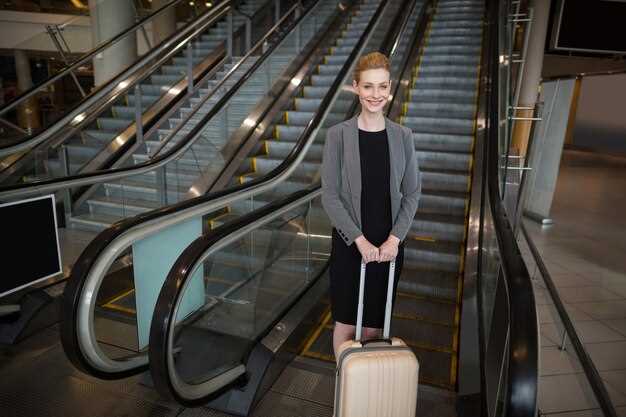 Domodedovo Airport DME – Russia’s Second Busiest Airport – Flights, Facilities & Travel Tips">
Domodedovo Airport DME – Russia’s Second Busiest Airport – Flights, Facilities & Travel Tips">